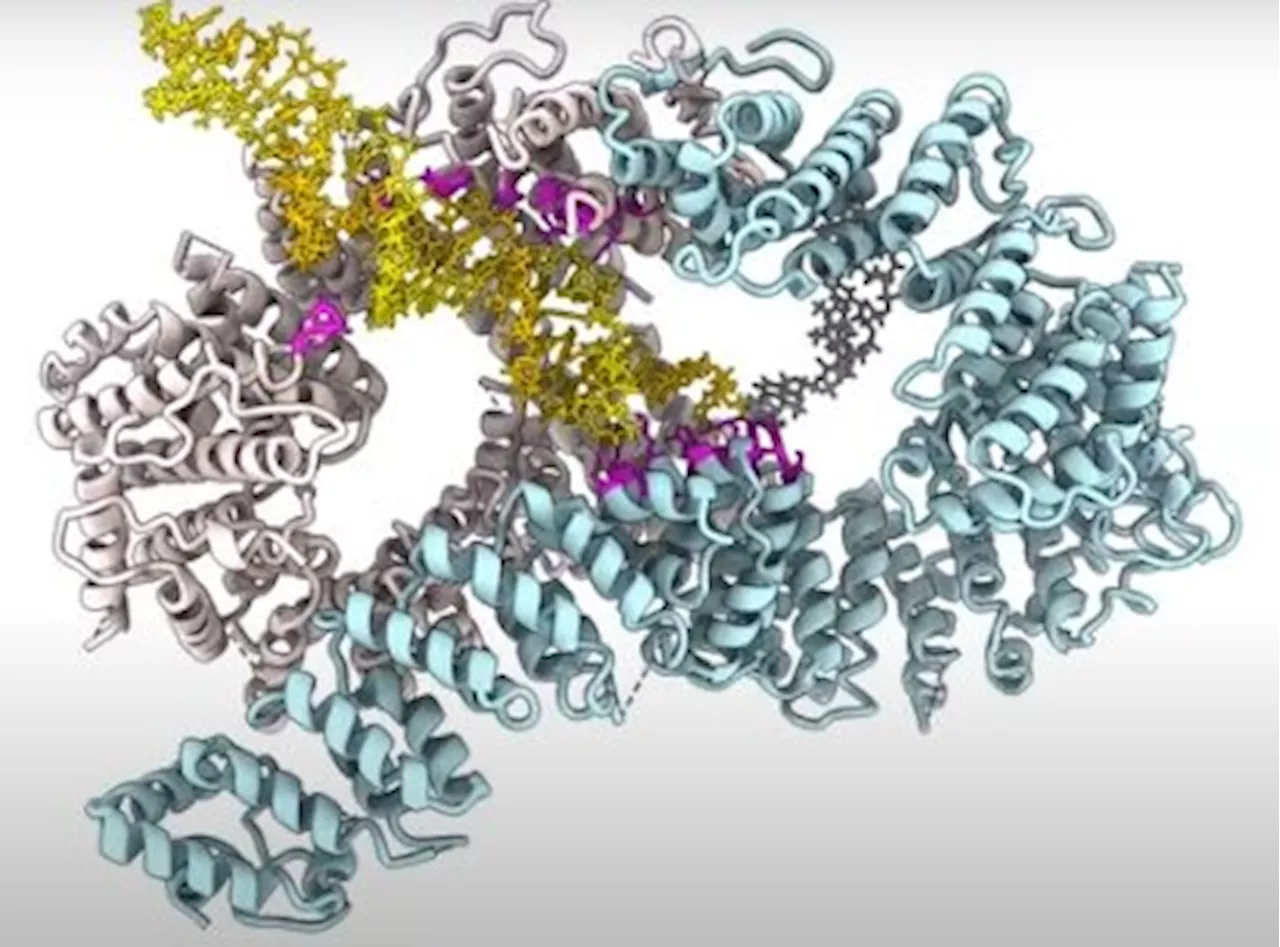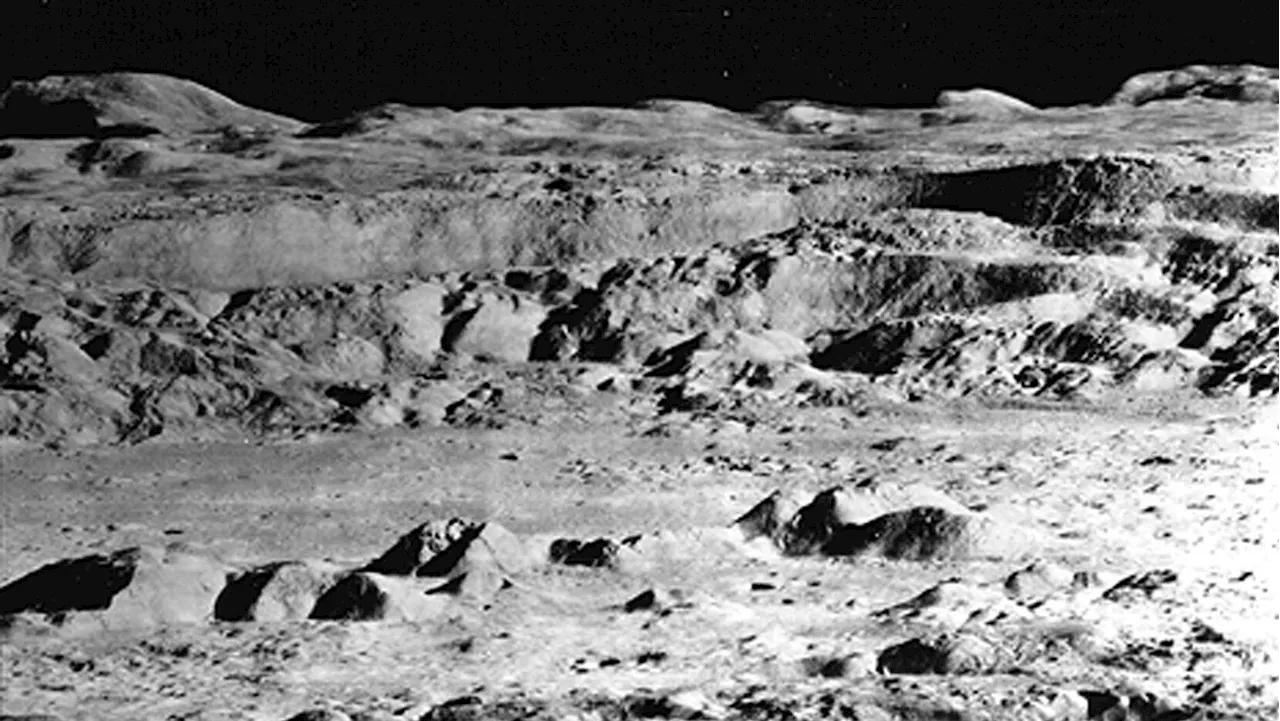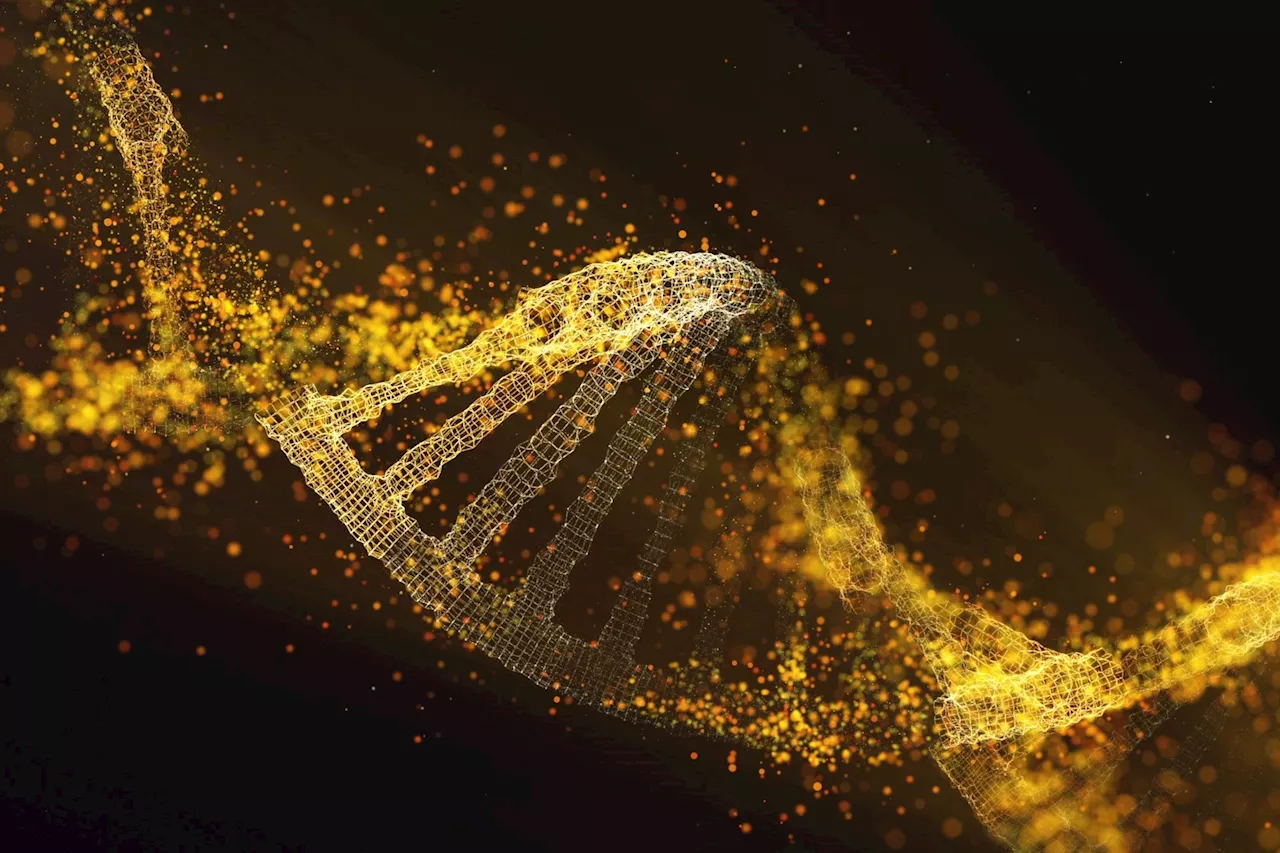A newly discovered code within DNA -- coined 'spatial grammar' -- holds a key to understanding how gene activity is encoded in the human genome. This breakthrough finding revealed a long-postulated hidden spatial grammar embedded in DNA.
A newly discovered code within DNA -- coined 'spatial grammar' -- holds a key to understanding how gene activity is encoded in the human genome. This breakthrough finding revealed a long-postulated hidden spatial grammar embedded in DNA. The research could reshape scientists' understanding of gene regulation and how genetic variations may influence gene expression in development or disease.
Transcription factors, the proteins that control which genes in one's genome are turned on or off, play a crucial role in this code. Long thought of as either activators or repressors of gene activity, this research shows the function of transcription factors is far more complex. They discovered that the spacing between transcription factors and their position relative to where a gene's transcription began determined the level of gene activity. For example, transcription factors might activate gene expression when positioned upstream or ahead of where a gene's transcription begins but inhibit its activity when located downstream, or after a gene's transcription start site.
Genes Human Biology Personalized Medicine Genetics Biotechnology Life Sciences Biotechnology And Bioengineering
South Africa Latest News, South Africa Headlines
Similar News:You can also read news stories similar to this one that we have collected from other news sources.
 China develops breakthrough material to extract uranium from seawaterChinese scientists have developed a groundbreaking method to extract uranium from seawater using DNA-based technology.
China develops breakthrough material to extract uranium from seawaterChinese scientists have developed a groundbreaking method to extract uranium from seawater using DNA-based technology.
Read more »
 ‘Genes to jeans’: Scientists discover DNA that boost cotton’s drought defenseThis discovery could be a game-changer for breeding more resilient cotton varieties.
‘Genes to jeans’: Scientists discover DNA that boost cotton’s drought defenseThis discovery could be a game-changer for breeding more resilient cotton varieties.
Read more »
 Scientists solve mystery of DNA damage detection and repair caused by sunlight, alcohol, and pollutionA collaboration between researchers at the Laboratory of Medical Sciences (LMS) in London and the Laboratory of Molecular Biology (LMB) in Cambridge, has solved a decades-old mystery which could pave the way to better cancer treatments in the future.
Scientists solve mystery of DNA damage detection and repair caused by sunlight, alcohol, and pollutionA collaboration between researchers at the Laboratory of Medical Sciences (LMS) in London and the Laboratory of Molecular Biology (LMB) in Cambridge, has solved a decades-old mystery which could pave the way to better cancer treatments in the future.
Read more »
 Scientists Propose Lunar ‘Noah’s Ark’ to Preserve DNA of Endangered SpeciesThe vault would rely on its remoteness from human-made disasters and the Moon's naturally low temperatures to cryogenically preserve animal skin samples.
Scientists Propose Lunar ‘Noah’s Ark’ to Preserve DNA of Endangered SpeciesThe vault would rely on its remoteness from human-made disasters and the Moon's naturally low temperatures to cryogenically preserve animal skin samples.
Read more »
 Scientists Propose Fortress of Earth's DNA Samples Housed on the Moon in Case of ApocalypseScience and Technology News and Videos
Scientists Propose Fortress of Earth's DNA Samples Housed on the Moon in Case of ApocalypseScience and Technology News and Videos
Read more »
 Decades-Old Mystery Solved: Scientists Crack the Code of DNA RepairScience, Space and Technology News 2024
Decades-Old Mystery Solved: Scientists Crack the Code of DNA RepairScience, Space and Technology News 2024
Read more »
